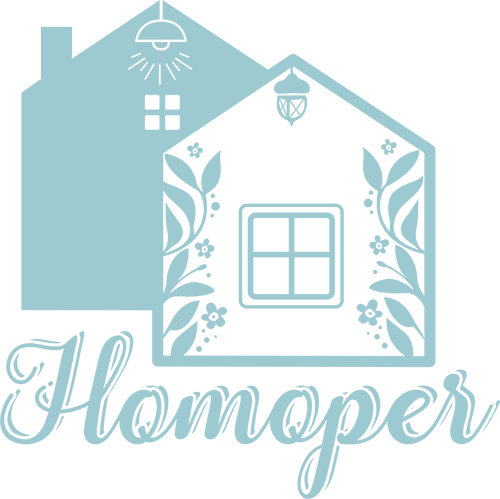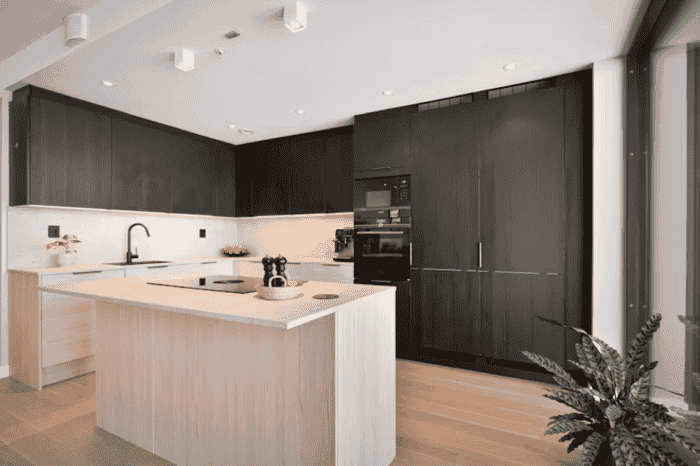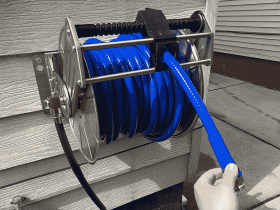When it comes to kitchen interior design, the modern German kitchen stands out as a masterpiece of form meeting function. Embracing clean lines, premium materials, and efficient layouts, this aesthetic is a go-to source of inspiration for homeowners, contractors, and interior designers alike. Whether you’re renovating a family cook space or crafting a high-end culinary studio, modern German kitchens deliver timeless elegance. In this guide, we explore key design principles, materials, fixtures, and layout strategies to help you bring this iconic look to life.
1. The Essence of Modern German Kitchen Interior Design
Modern German kitchens prioritize minimalism, quality craftsmanship, and intelligent storage solutions. The hallmark features include handleless cabinetry, integrated appliances, high-performance finishes, and space-efficient layouts. The result? A clutter-free, harmonious space that exudes sophistication and practical virtue.
2. Core Design Principles
a) Seamless and Handleless Cabinets
The cornerstone of this aesthetic is the handleless cabinet—sleek, flush, and elegantly simple. Pushed by a push-to-open mechanism or recessed grip channels, these cabinets eliminate the visual clutter and create clean sight lines.
b) High-Gloss and Matte Finishes
Two distinct finishes dominate:
- High-gloss lacquer provides a mirror-like shine, making the kitchen feel brighter and airier.
- Matte lacquer adds subtle sophistication and masks fingerprints.
Mixing finishes—say, matte lower cabinets and gloss uppers—provide a dynamic contrast and layered depth.
c) Neutral Color Palette
Black, white, gray, beige, and muted wood tones form the bedrock of modern German schemes. This neutral palette serves as a flexible foundation for accent pieces or coordinated accessories.
d) Integrated Appliances
To maintain harmony, appliances such as dishwashers, refrigerators, ovens, and even hoods are fully integrated behind cabinet fronts. This seamless approach ensures visual uniformity and sleek aesthetics.
e) Intelligent Storage
Think pull-out pantries, soft-close drawers, and hidden corner units. Modern German design maximizes usable space through smart hardware and thoughtful layouts.
3. Materials & Finishes: Quality with Durability
a) Lacquered MDF or Plywood
Preferred for high-gloss surfaces, lacquered MDF or plywood panels are durable and easy to clean. MDF offers smooth finishes ideal for lacquer, while plywood is more moisture-resistant.
b) Real or Veneered Wood
Natural oak, walnut, or ash veneer adds warmth and textural contrast. In an otherwise minimal space, wood elements—such as a waterfall island edge or open shelving—offer balance and visual appeal.
c) High-pressure laminates & Acrylic
These materials mimic gloss finishes at a lower cost. Modern acrylic panels especially replicate lacquered depth, while laminates are tough and stain-resistant—ideal for busy households.
d) Engineered Stone & Composite Surfaces
For countertops and splashbacks, materials like quartz and Dekton provide clean surfaces that complement cabinet aesthetics. These surfaces are durable and easy to maintain.
e) Matte Black & Stainless Steel Accents
Black faucets, stainless sink basins, or brushed aluminum barstools introduce industrial contrast that meshes beautifully with minimalist cabinetry.
4. Layouts Tailored to Modern Living
a) Linear and One-Wall Layouts
Ideal for compact urban homes, a sleek one-wall design uses full-height storage and hidden appliances. This minimalist solution keeps all elements within reach while preserving clean lines.
b) L-shaped design with an Island
The popular work triangle—prep sink, stove, refrigerator—is optimized in an L-shaped layout. Add an island with bar seating, and you introduce casual dining and social interaction within the cooking zone.
c) U-shaped kitchens with Integrated Dining
For larger spaces, a U-shape offers ample cabinetry, integrated appliances, and a casual dining bay. A continuous countertop across three walls enhances flow and workspace efficiency.
5. Lighting for Function and Ambiance
Layered lighting defines the mood in modern German kitchens:
- LED under-cabinet strips for prep surfaces.
- Recessed downlights for even overhead lighting.
- Accent LEDs—in-drawer or toe-kick lighting—for a luxe, floating effect.
- Pendant lighting above islands adds elegance without overwhelming simplicity.
6. Color Schemes & Textural Layering
a) Tonal Harmony
Keep main surfaces monochromatic—say, a matte charcoal cabinet with a matching island—then break the profile with lighter countertops and backsplash tiles.
b) Wood Accents
Island ends, shelf inserts, or panel detracts in light oak or walnut bring warmth and soften stark elements.
c) Bold Accessories
Add a pop—an emerald mixer, a copper pan rack, or brass barstools—against a neutral backdrop. These accents shine in moderation.
7. Sustainability and Eco-Friendly Considerations
Modern German kitchens often leverage sustainable materials:
- Low-VOC lacquers
- FSC-certified wood components
- Recycled quartz
- LED energy-efficient lighting
Prioritizing green materials aligns with European eco-standards and appeals to environmentally conscious homeowners.
8. Contractor & Designer Tips
a) Precise Planning
Detail concealed hinge types, panel dimensions, and appliance clearances. Handleless doors require extreme precision to avoid misalignment.
b) Collaborate Early
Clinching all major decisions upfront—like finish sheen, panel stamping, and island layout—reduces change orders later.
c) Mockups & Material Samples
Before full installation, request door and countertop samples to confirm color interplays under actual lighting conditions.
d) Installation Expertise
Modern German kitchens rely on exacting cabinetry installation. Engage professionals with experience in European flat-panel systems and Blum-style hardware.
9. Inspiring Project Examples
- Galley Kitchen with Hidden Pantry: High-gloss white cabinets with concealed tall pantry doors, a wood-accent island, and integrated appliances create visual continuity in a narrow layout.
- Modern L-Shape with Contrast Island: Matte charcoal cabinets plus a walnut-front island break monotony while maintaining minimal lines.
- Open-Plan U-Shape with Dining Bar: White lacquered cabinets stretch along three walls, complemented by a light oak countertop bar that serves as a casual dining spot.
Conclusion
Modern German kitchen interior design thrives on clean, minimal aesthetics paired with high-performance materials and thoughtful layouts. From handleless cabinetry and integrated lighting to sustainable finishes and expert installation, these kitchens offer functional beauty.











Leave a Review